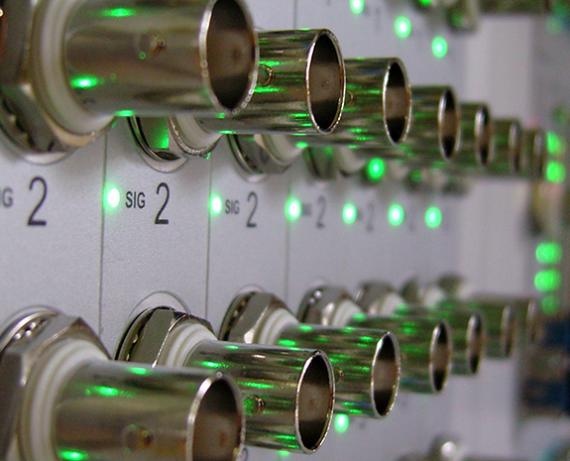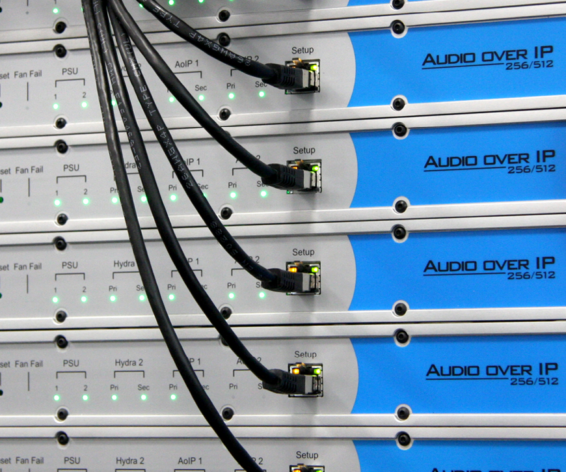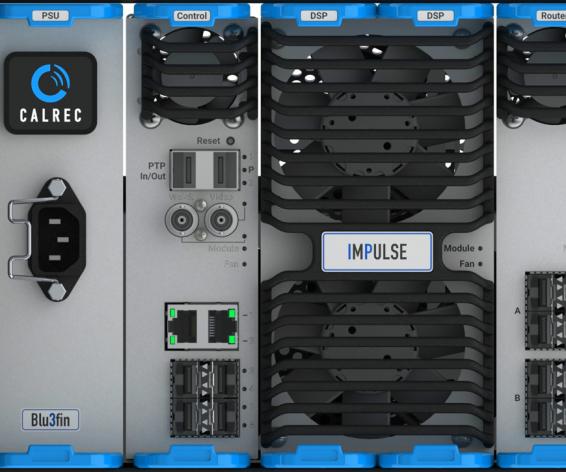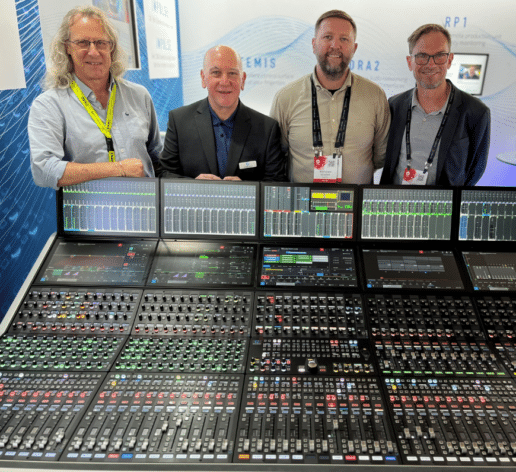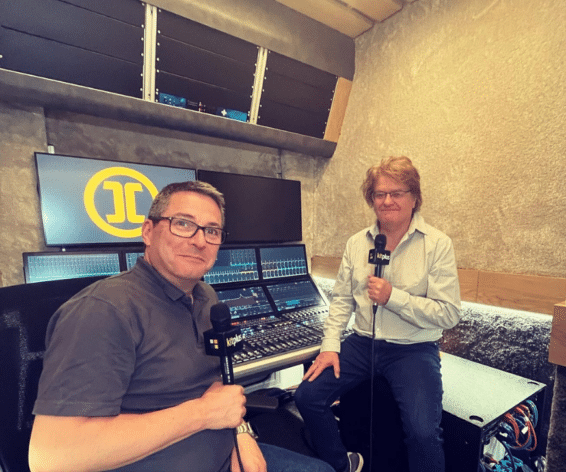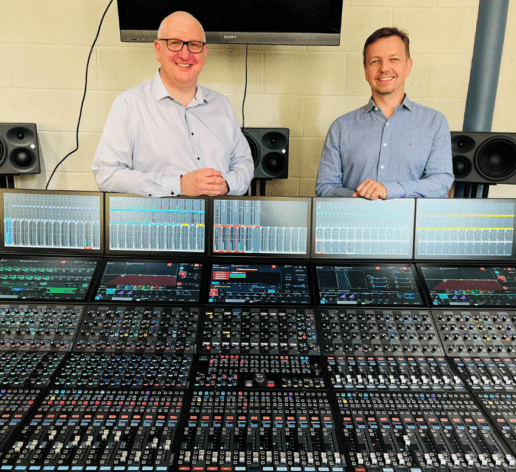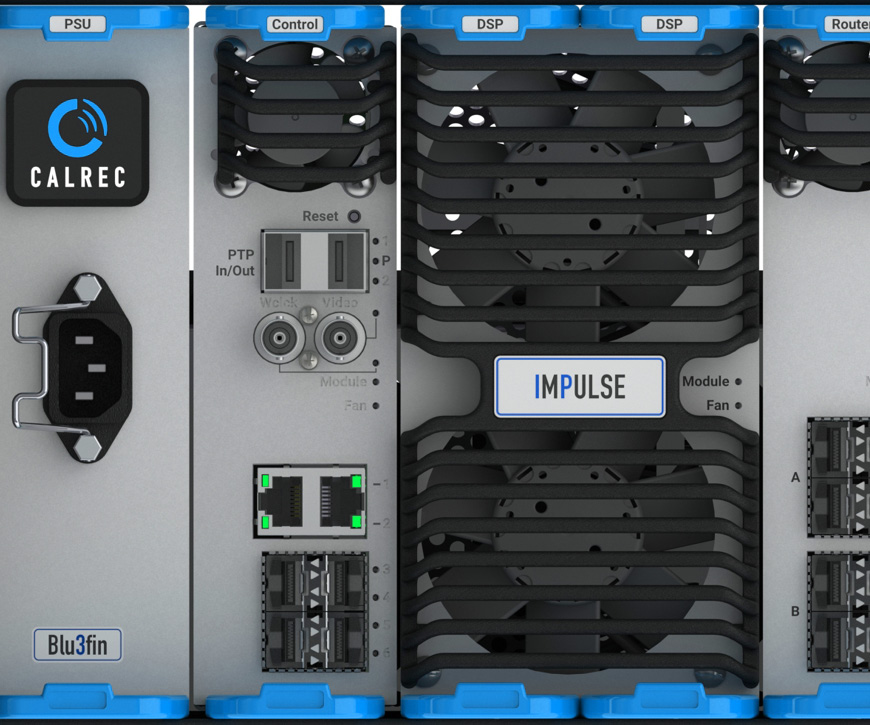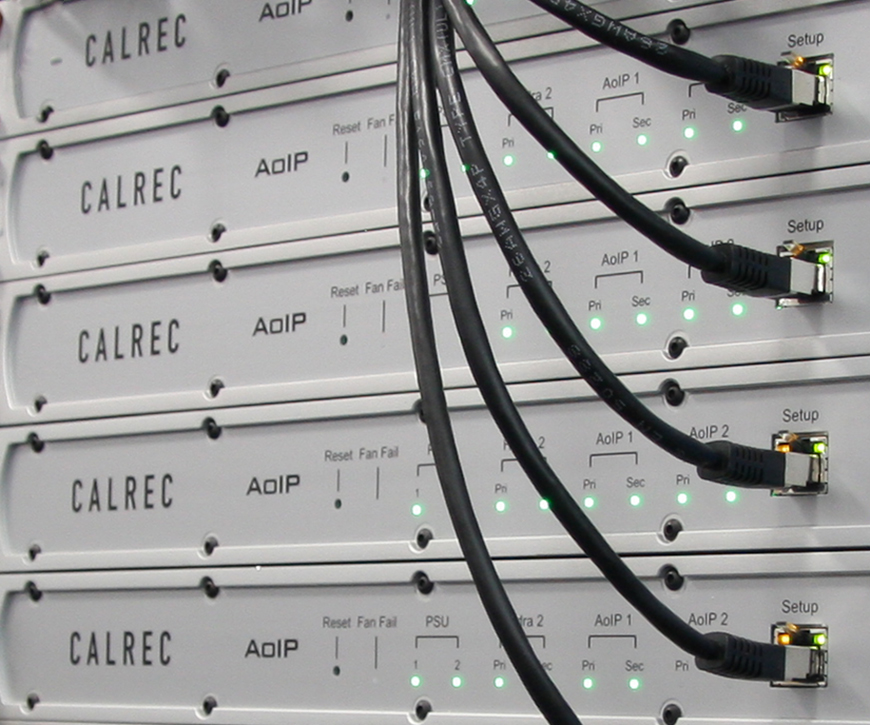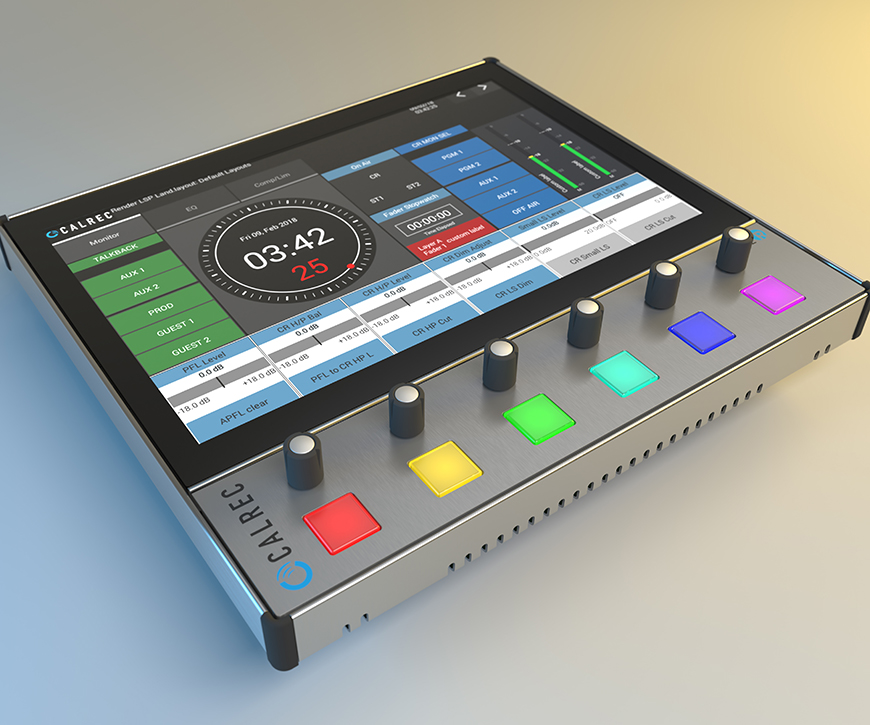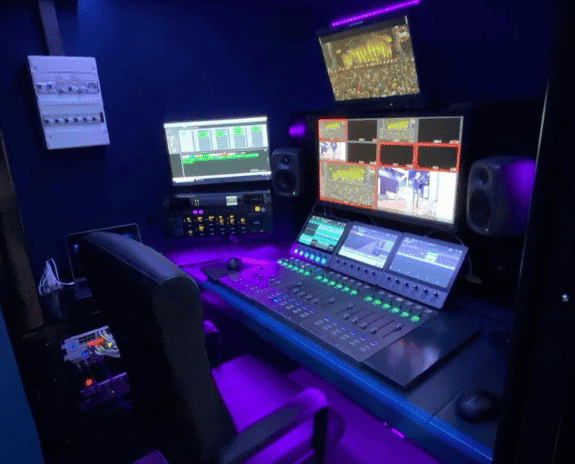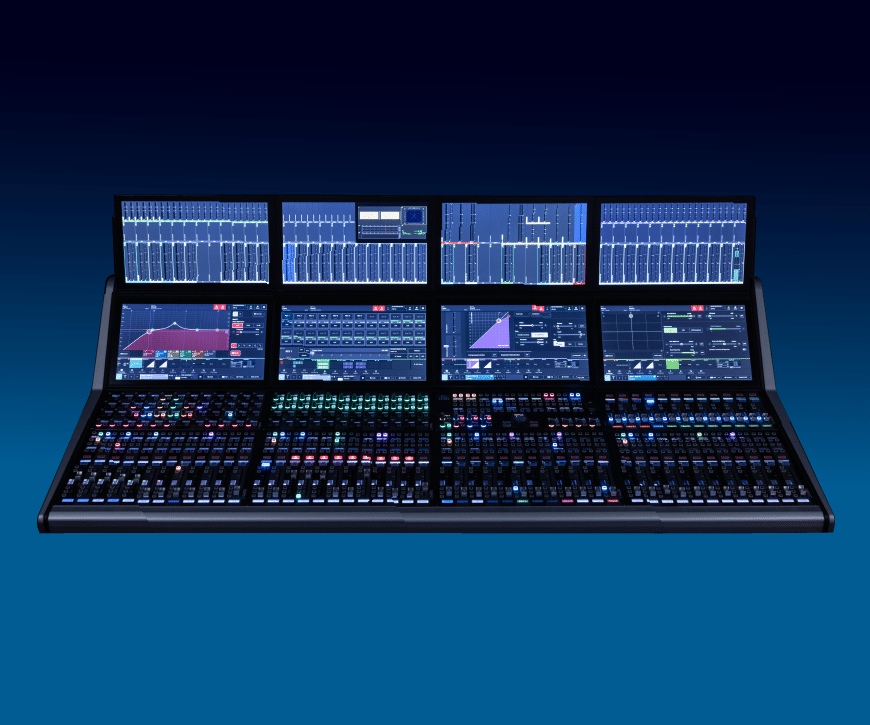
-
Many broadcasters still use proprietary systems; they’re intelligent, low latency, deterministic and discoverable, and they already work! But the ability to link up with third-party IP equipment using SMPTE 2110 is bringing broadcast communities together.
Calrec has a range of products that can link a Hydra2 network to an IP network so Calrec equipment can sit on an IP network, or on a proprietary Hydra2 network, or any combination of the two. Calrec customers can even upgrade to IP using their existing equipment; Calrec’s powerful and flexible ImPulse core can be added to existing Apollo and Artemis control surfaces, and Calrec’s super-flexible Type R core can be used in a variety of ways.
The H2 IP Gateway means Calrec equipment can sit on an IP network, a proprietary Hydra2 network, or a combination of the two.
Move to IP at your own pace.
-
-
Fixed Format IO (IP)
For more detailed technical guides, please sign in and visit our Resources page. We will always treat your data with respect – read our Privacy Policy here.

AD5782
IP Analogue Mic / Line 12In/4 Out – XLR
AD5781
IP Analogue Mic/Line 24 In/8 Out – XLR
AD5780
IP Analogue Mic/Line 48 In/16 Out – XLR
AE5743, AE5991, AE5992
IP Analogue Mic/Line 32 In/32 Out- EDAC
JB5606
IP Digital AES3 16 In/16 Out – BNC
JB5962
IP Digital AES3 Rear Mount 32 In/32 Out – BNC
JD6503
Type R IP AES IO Interface box
AD6502
Type R IP Analogue IO Interface box
AD6501
Type R IP Combo IO Interface box -
Modular IO (IP)
For more detailed technical guides, please sign in and visit our Resources page. We will always treat your data with respect – read our Privacy Policy here.
Digital IO cards

UJ6429
IP Interface Card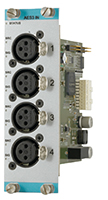
JX5869
IP 4 x Digital AES Input (XLR)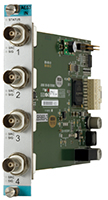
JB5860
IP 4 x Digital AES Input (BNC)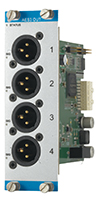
JX5868
IP 4 x Digital AES Output (XLR)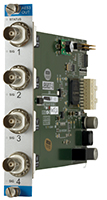
JB5837
IP 4 x Digital AES Output (BNC)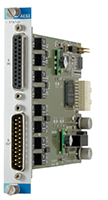
JD5842
IP 8 In, 8 Out Digital AES (D-Type)
JM6199
IP 1x Madi In/Out – AES10 (BNC/SFP)Analogue IO cards
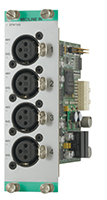
AD5840
IP 4 x Mic/Line In (XLR)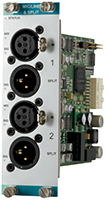
AL5870
IP 2 x Mic/Line In with Splits (XLR)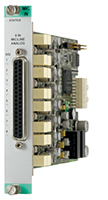
AD6057
IP 8 x Analogue Mic/Line Level Inputs (D-Type)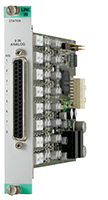
AD5838
IP 8 x Analogue Line Level Inputs (D-Type)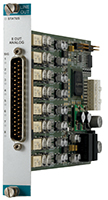
DA5839
IP 8 x Analogue Line Out (D-Type)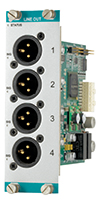
DA5867
IP 4 x Line Out (XLR)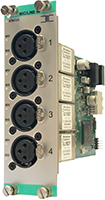
AD6365
IP 4 x Transformer Mic/Line In (XLR)SDI, GPIO, AoIP
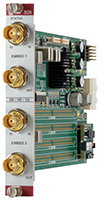
VI5872
IP 2 x SDI Embedder (BNC)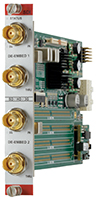
VO5841
IP 2 x SDI De-Embedder (BNC)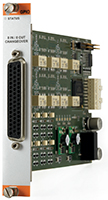
WY5858
IP GPIO, 8 In/8 Full Changeover Out (D-Type)
WY5859
IP GPIO, 8 In/16 Out (D-Type)
BI6192
Dante with Network Redundancy (RJ45)
BI6218
Waves Soundgrid (RJ45)
AoIP Training with Calrec Sound Institute

Our certified series of comprehensive IP training sessions, delivered by our IP Network Specialist will help you master or refresh your IP knowledge.
Start Your Online Certified IP Training Here
